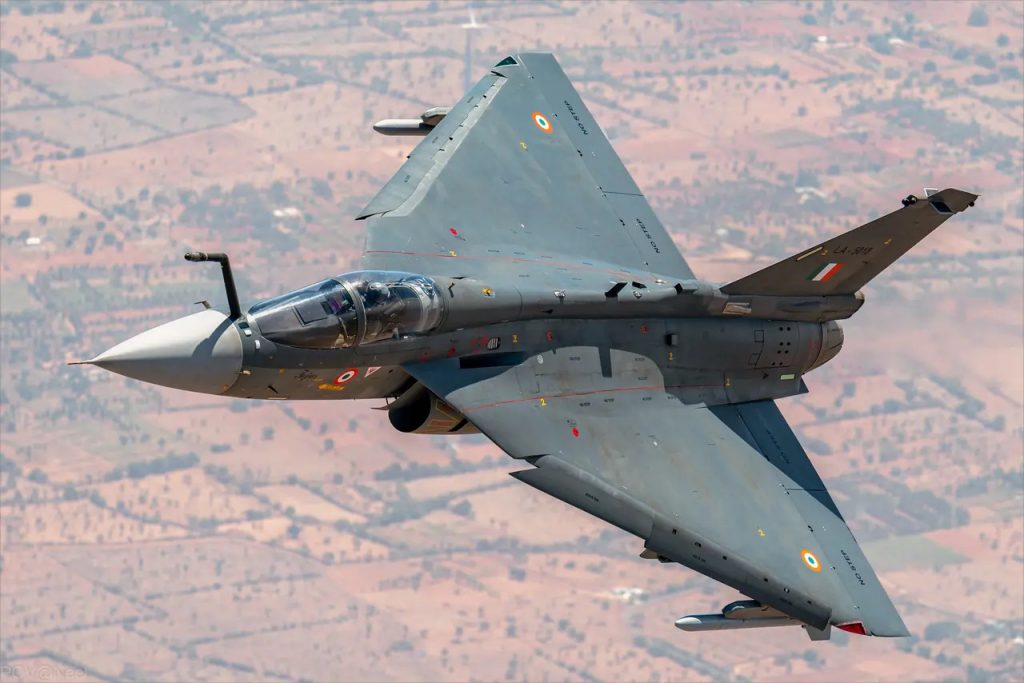NewsGate Press Network
It is going to be a momentous occasion for the Indian Air Force (IAF) when it receives the first Tejas-Mk-1A fighter jet.
On Friday the 17th of October 2025, the Defence Minister Rajnath Singh is specially flying to Nashik in Maharashtra where he will inaugurate the made-in-India fighter jet manufactured by Hindustan Aeronautics Limited (HAL).
The state-of-the-art Tejas Mk-1A is an upgraded version of the Tejas Light Combat Aircraft (LCA) and will replace the recently retired MiG-21 fleet.
The IAF phased out the MiG-21s on September 26 after over six decades of service.
If all goes well, the HAL will handover 12 Tejas-Mk-1A fighter jet to IAF.
The Tejas Mk-1A features advanced avionics, a modern radar system, improved weapon capabilities, and a cutting-edge electronic warfare suite. With a top speed exceeding 2,200 km/h, it is designed for enhanced combat performance and operational flexibility.
HAL has confirmed that all flight and system tests of the Tejas Mk-1A have been successfully completed. The aircraft will carry a range of indigenous weapon systems, including the BrahMos missile, underscoring India’s growing self-reliance in defence technology.
The first batch of Tejas Mk-1A aircraft is expected to be deployed at the Nal Air Base in Bikaner, Rajasthan, near the Pakistan border.
Last month, on September 25, the Ministry of Defence signed a Rs 62,370 crore contract with HAL for the supply of 97 Tejas Mk-1A fighter jets — 68 single-seater and 29 twin-seater trainer variants. The deal is expected to significantly boost the IAF’s operational strength.
HAL officials said production of the LCA Mk-1A is gaining pace. The company recently received four GE-404 jet engines from the American manufacturer General Electric, with a total of 12 expected by the end of this fiscal year. These engines will power the first batch of aircraft.
According to HAL, more than 65 per cent of the components used in the Tejas Mk-1A are indigenously produced, reflecting India’s commitment to the ‘Make in India’ initiative. Improved engine supply chains are expected to accelerate deliveries of the aircraft to the IAF over the coming years.


Comments are closed for this post.